Bridges represent far more than simple river crossings or valley spans—they embody human ambition and engineering breakthroughs and often serve as silent witnesses to history’s most dramatic moments. Some carry the weight of tragedy, others celebrate triumph, and many have become unexpected symbols of the communities they serve.
From wartime escapes to architectural marvels that redefined what was possible, these structures tell tales that extend far beyond their practical purposes. Here is a list of 16 bridges that tell incredible stories.
Brooklyn Bridge
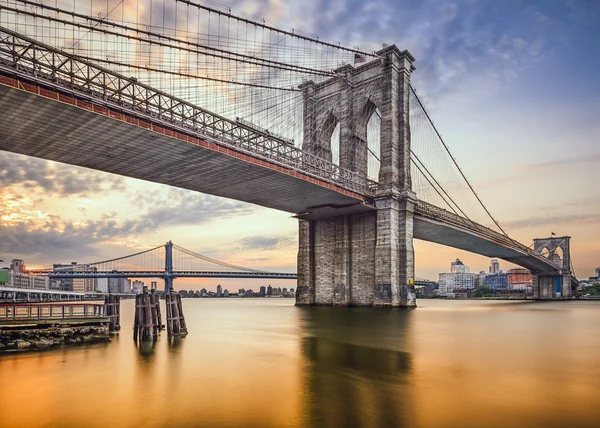
When construction began in 1870, critics called the Brooklyn Bridge an impossible dream that would bankrupt New York City and likely collapse into the East River. Designer John Roebling died from tetanus after his foot was crushed while surveying the bridge site, leaving his son Washington to oversee construction until he, too, became incapacitated by decompression sickness from working in the underwater caissons.
Washington’s wife, Emily, stepped in to manage the project, becoming the first female field engineer and ensuring the bridge’s completion in 1883—a feat that required her to learn advanced mathematics and engineering principles in real time.
Golden Gate Bridge
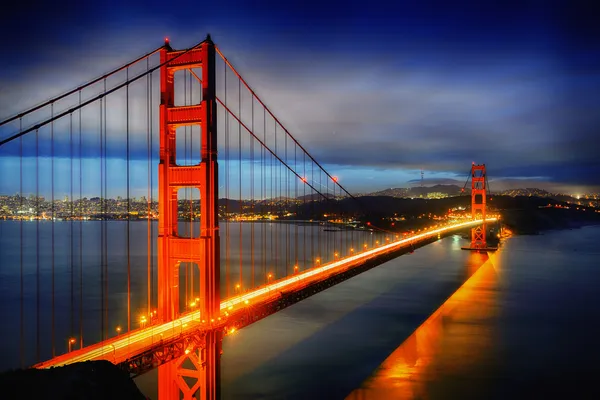
The Art Deco masterpiece almost never happened due to fierce opposition from ferry companies, the military, and citizens who thought the span would ruin San Francisco Bay’s natural beauty. Chief engineer Joseph Strauss battled depression and criticism for years while perfecting designs that could withstand the area’s notorious winds, earthquakes, and fog.
During construction, a safety net saved 19 workers’ lives—men who became known as the ‘Halfway to Heaven Club’—though the bridge ultimately claimed 11 lives before its 1937 completion.
Like Travel Pug’s content? Follow us on MSN.
London Bridge (Arizona)
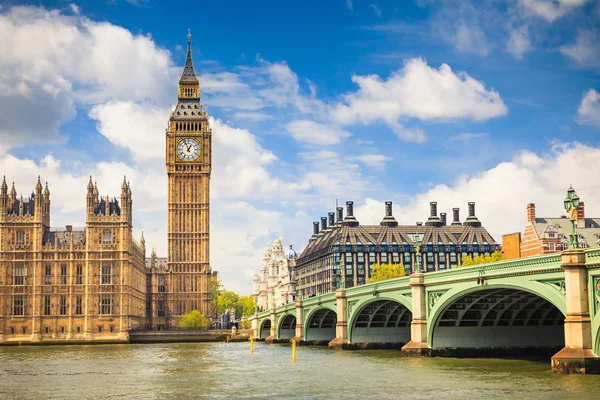
When London decided to replace their 1831 bridge in the 1960s, entrepreneur Robert McCulloch purchased the entire structure for $2.46 million and had it dismantled stone by stone, then shipped to Lake Havasu City, Arizona. Legend suggests McCulloch thought he was buying the more famous Tower Bridge, though this story appears to be a myth—he knew exactly what he was purchasing and saw it as the perfect centerpiece for his planned resort community.
The bridge now spans a channel in the Colorado River, making it perhaps the only major London landmark that gets more sunshine than rain.
Pont du Gard
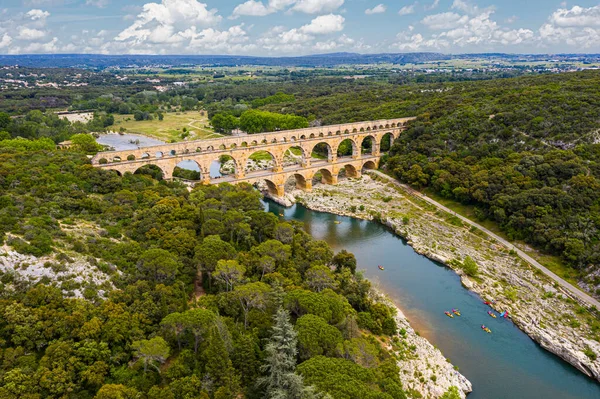
Roman engineers built this three-tiered aqueduct bridge around 50 AD without using any mortar, relying instead on precisely cut stones that fit together so perfectly the structure has survived nearly 2,000 years of floods, wars, and earthquakes.
The bridge carried water from springs 31 miles away to the city of Nîmes, dropping only 56 feet over the entire distance—a gradient so precise it demonstrates engineering skills that weren’t matched again until the Industrial Revolution. UNESCO recognition came not just for its preservation but because it represents the pinnacle of Roman hydraulic engineering achievement.
Tower Bridge
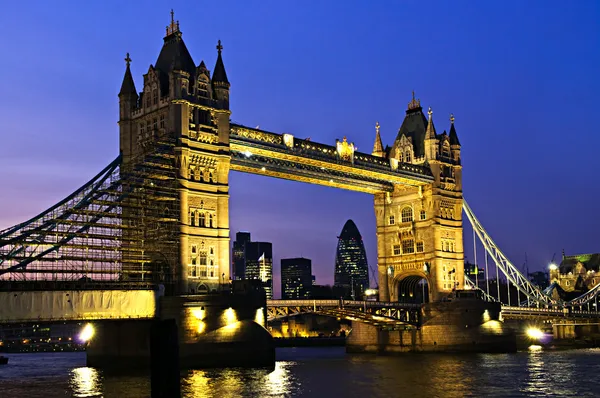
Despite its medieval appearance, London’s Tower Bridge opened in 1894 as one of the most technologically advanced structures of the Victorian era, featuring steam-powered hydraulic systems that could raise the drawbridge sections in just one minute. The bridge’s Gothic Revival towers were designed to complement the nearby Tower of London, but they housed sophisticated machinery that was considered revolutionary for its time.
During World War II, the bridge remained operational despite heavy bombing, and its high-level walkways served as observation posts for spotting German aircraft approaching the city.
Like Travel Pug’s content? Follow us on MSN.
Bridge of Sighs
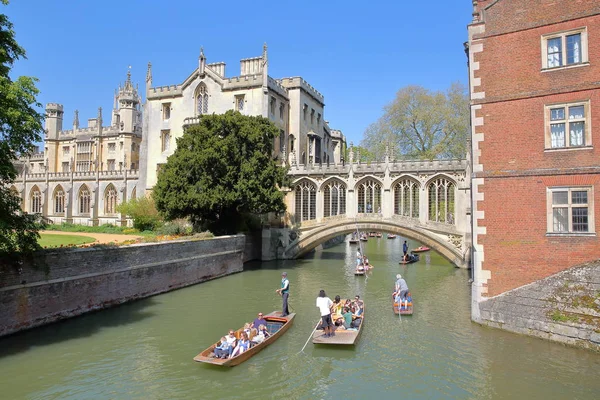
This enclosed limestone bridge in Venice connected the interrogation rooms in the Doge’s Palace with the New Prison, allowing condemned prisoners one final glimpse of beautiful Venice through stone-barred windows before their imprisonment. Lord Byron coined the bridge’s romantic name in the 19th century, though the reality was far grimmer than his poetry suggested—most prisoners crossing the bridge faced years of incarceration or worse.
The bridge’s design, completed in 1603, influenced similar structures worldwide, though few carry the same mixture of architectural beauty and historical melancholy.
Millau Viaduct
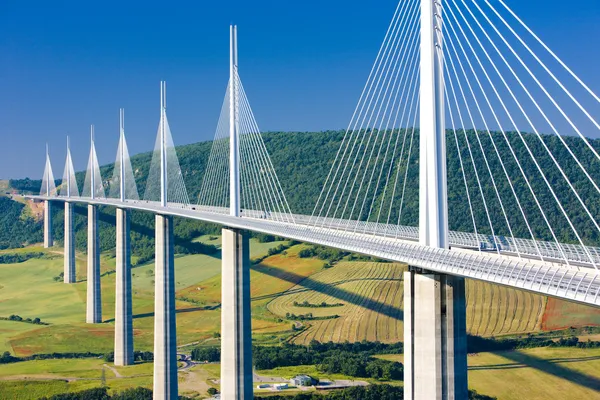
French engineers created the world’s tallest bridge when they completed this cable-stayed span across the Tarn Valley in 2004, with its highest point reaching 1,125 feet above the river below. The bridge’s designer, Norman Foster, wanted to create a structure so elegant it would appear to float above the clouds that often fill the valley, and the engineering team succeeded in building something that looks impossibly delicate despite carrying eight lanes of traffic.
Construction required innovative techniques, including sliding the entire deck into place from both sides of the valley, a process that took three years and precision measured in millimeters.
Mackinac Bridge
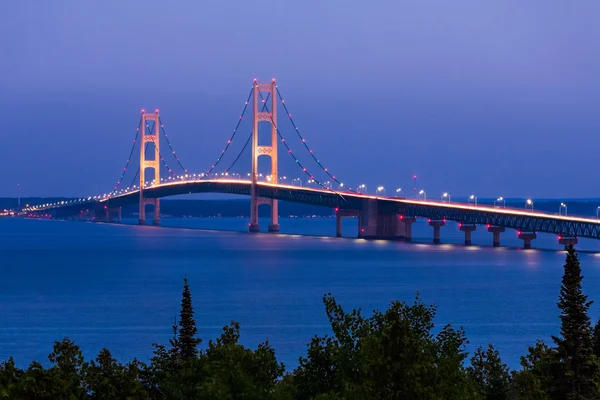
Michigan’s ‘Mighty Mac’ connects the state’s upper and lower peninsulas across the Straits of Mackinac, where winter winds can exceed 100 mph, and ice floes create treacherous conditions that claimed several previous crossing attempts. The 1957 bridge faced fierce opposition from ferry operators and citizens who doubted the economics of building such an expensive span across relatively sparsely populated areas.
During high winds, the bridge authority provides driving assistance for nervous motorists, and the structure’s flexibility allows it to sway up to 35 feet in extreme weather while remaining completely safe.
Like Travel Pug’s content? Follow us on MSN.
Sydney Harbour Bridge
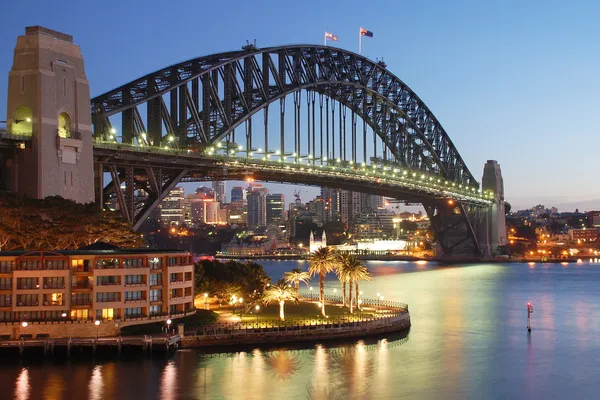
Australians call it the ‘Coathanger’ for its distinctive arch shape, though building this 1932 masterpiece required innovations in steel fabrication and construction techniques that influenced bridge design worldwide. The bridge’s chief engineer, John Bradfield, spent decades developing designs that could withstand the harbor’s fierce winds while accommodating rail, vehicle, and pedestrian traffic on a single span.
During construction, rigorous safety protocols kept worker fatalities to 16—remarkably low for such a massive project in that era—while the bridge employed 1,400 men during the Great Depression.
Capilano Suspension Bridge
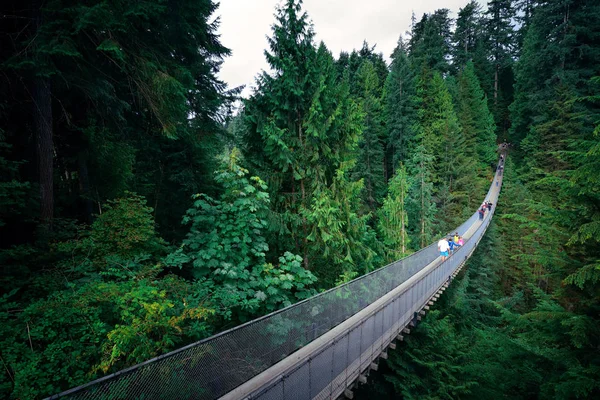
This 450-foot span across a canyon in North Vancouver started as a simple hemp rope and cedar plank bridge built by a Scottish civil engineer in 1889, evolving into one of Canada’s most visited tourist attractions. The current steel cable bridge has been rebuilt several times, with each iteration designed to handle increasing numbers of visitors who come to experience the swaying sensation 230 feet above the Capilano River.
Indigenous peoples of the area originally used fallen logs to cross the canyon, and their descendants now share traditional stories and cultural knowledge with bridge visitors.
Rialto Bridge

Venice’s oldest bridge across the Grand Canal replaced several previous wooden structures that had collapsed, burned, or been destroyed in conflicts, leading city officials to finally commission a stone bridge in 1588 despite critics who thought the single-arch design would collapse under its weight. Architect Antonio da Ponte (whose surname literally means ‘of the bridge’) created a design that was considered revolutionary for its time, featuring a central portico and shops along both sides that helped finance the bridge’s construction.
The bridge survived Napoleon’s occupation, two world wars, and countless floods while remaining virtually unchanged from its original 16th-century appearance.
Like Travel Pug’s content? Follow us on MSN.
Forth Bridge
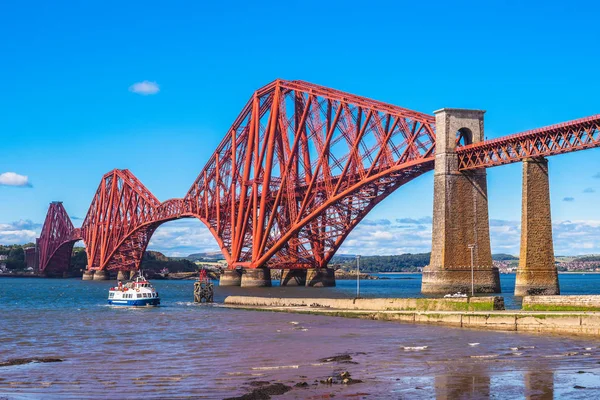
Scotland’s railway bridge across the Firth of Forth became an immediate icon when it opened in 1890, featuring a cantilever design that was so innovative it influenced major bridges worldwide for the next century. The bridge required 54,000 tons of steel and took eight years to build, with construction claiming 98 lives while employing up to 4,600 workers, at peak periods.
Its distinctive red paint job requires constant maintenance—the phrase ‘painting the Forth Bridge’ became synonymous with any never-ending task, though modern coatings now mean the entire structure gets repainted only every 20–25 years.
Akashi Kaikyo Bridge

Japan’s engineering marvel spans nearly 2.5 miles across the Akashi Strait, making it the world’s longest suspension bridge while standing in one of the most seismically active regions on Earth. The 1998 bridge survived a 7.3 magnitude earthquake during construction that actually lengthened the span by three feet, forcing engineers to adjust their plans while proving the structure’s remarkable resilience.
Wind tunnel testing revealed that the bridge needed special aerodynamic features to prevent dangerous oscillations, leading to innovations in bridge design that have been applied to major spans worldwide.
Chapel Bridge
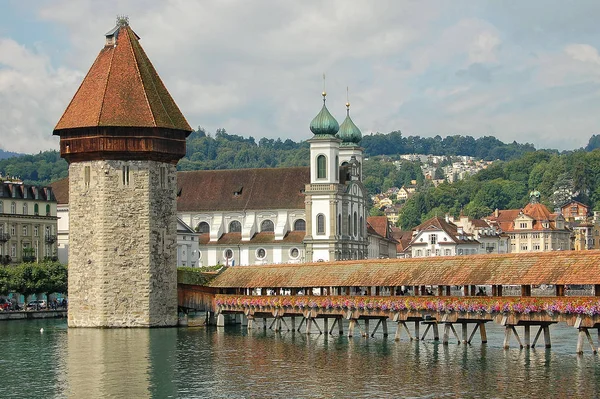
This covered wooden footbridge in Lucerne, Switzerland, has carried pedestrians across the Reuss River since the 14th century, making it one of Europe’s oldest wooden bridges and a symbol of Swiss craftsmanship. The bridge’s interior paintings depicted important events in Swiss history until a 1993 fire destroyed most of the structure, though careful reconstruction using traditional techniques restored both the bridge and many of its artistic treasures.
The adjacent water tower, which predates the bridge by several decades, served various purposes, including a prison, torture chamber, and treasury, giving the entire complex a rich and sometimes dark history.
Like Travel Pug’s content? Follow us on MSN.
Hell Gate Bridge
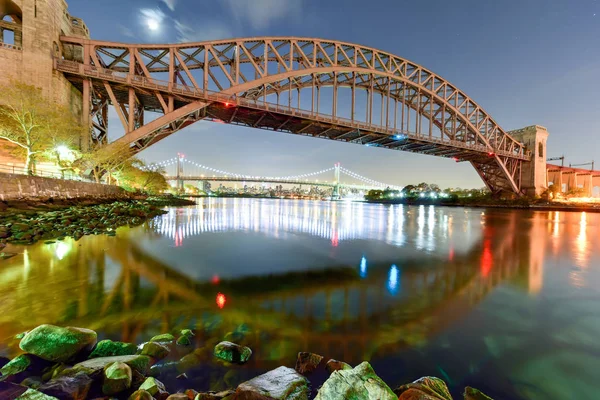
New York’s Hell Gate Bridge carries freight trains across a treacherous stretch of the East River that had claimed hundreds of ships before the bridge’s 1916 completion made water navigation safer by reducing traffic in the narrow channel. The bridge’s arch design required innovative construction techniques, including floating the steel sections into place during high tide, a process that had to be timed precisely with weather and water conditions.
Despite its ominous name—taken from the dangerous waters below—the bridge has operated safely for over a century while serving as a crucial link in the northeastern freight rail network.
Si-o-se-pol
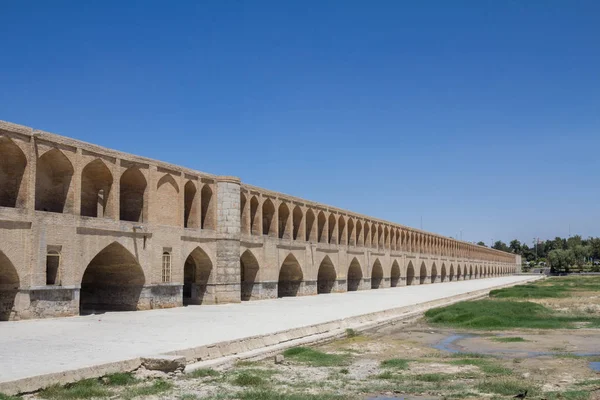
Isfahan’s ‘Bridge of 33 Arches’ exemplifies Persian engineering and artistry, serving simultaneously as a bridge, dam, and social gathering place since its completion in 1602 during the Safavid dynasty. The bridge’s double-deck design allows water to flow through lower openings during normal conditions while upper arches manage flood waters, a system that has protected Isfahan from river flooding for over 400 years.
Shah Abbas I commissioned the bridge as part of his plan to make Isfahan a magnificent capital, and its stepped design creates multiple levels where citizens traditionally gathered for festivals, poetry readings, and evening socializing.
Connecting Past and Present
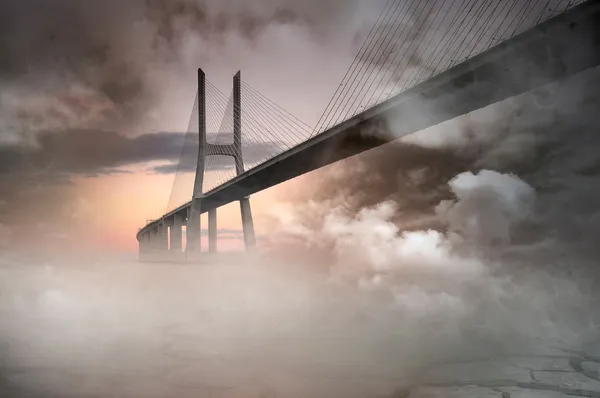
These bridges demonstrate that the most enduring structures succeed by combining practical engineering with cultural significance, creating landmarks that outlast the civilizations that built them. Whether spanning rivers, valleys, or centuries, each bridge represents a human determination to overcome natural obstacles while often becoming more beautiful and meaningful than their builders ever imagined.
Their stories remind us that infrastructure projects, at their best, become integral parts of human heritage rather than mere transportation solutions.
Like Travel Pug’s content? Follow us on MSN.
More from Travel Pug

- 20 Best Beach Towns in the Carolinas
- 13 Destinations Where Tourists Regularly Regret Their Trip
- 20 Things You Actually Get in First Class
- 20 Small Airports With Aviation Museums
- 20 Places in the U.S. That Are Perfect for a Reset Trip
Like Travel Pug’s content? Follow us on MSN.
